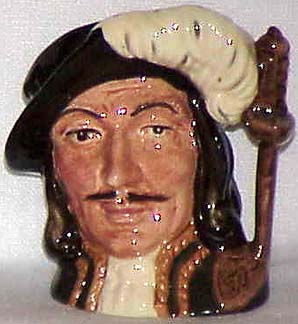Eric Ormsby writes in the Wall Street Journal:
When the Prophet Muhammad died unexpectedly after a brief illness in Medina, in present-day Saudi Arabia, on June 8, 632, his followers were stunned. A contemporary called it "the greatest of calamities." Their grief was not only for the loss of an irreplaceable leader. Muhammad was "the seal of the prophets," the last in a line that stretched back to Adam. He had received revelations as "God's emissary" for some 20 years—revelations that he had communicated to the embattled community of his followers, first in Mecca and then, after the hijra, or emigration, in 622, in Medina—but now they came to an end. It was as though God, who revealed Himself through the Prophet, had suddenly fallen silent.
In fact, the calamity was greater than Muhammad's mourners could have foreseen. Muhammad had not unambiguously named his successor. The question of succession would haunt Islam for centuries to come. The wrangling began within hours of Muhammad's death; it would quickly lead to a momentous rift between two implacable factions, Shia and Sunni. It is a divide that continues to this day, often with horrific consequences. In "After the Prophet," veteran Middle East journalist Lesley Hazleton tells with great flair this "epic story of the Shia-Sunni split in Islam," as she rightly calls it .. More>>










No comments:
Post a Comment